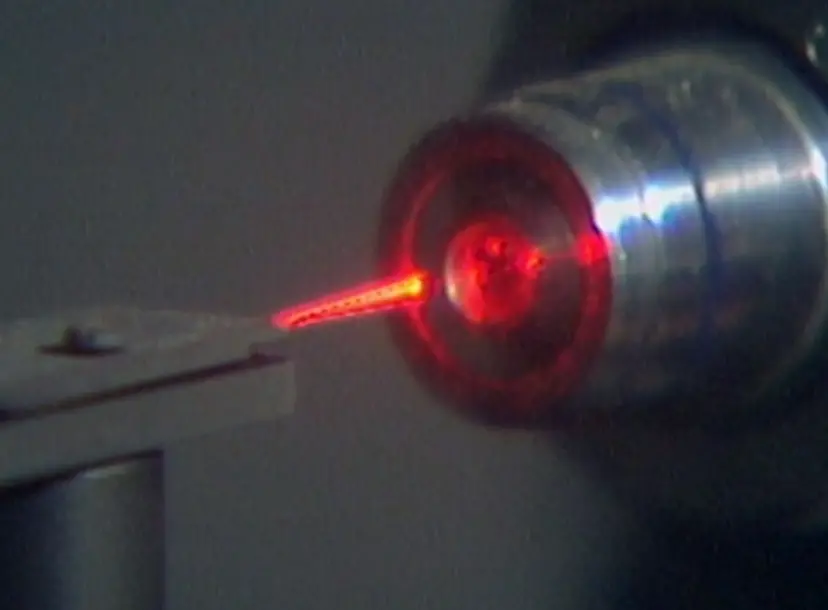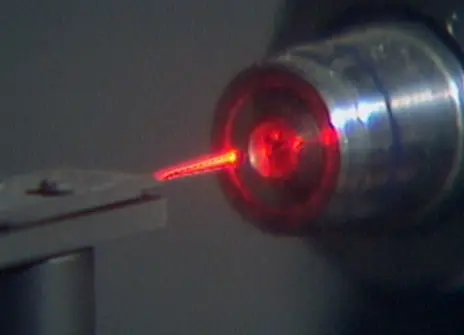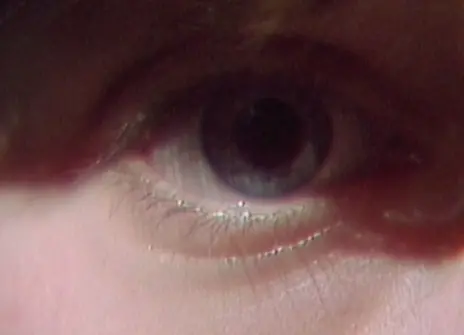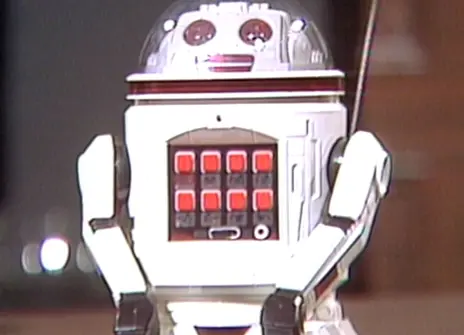Lecture 4 – The pace of technology
From the 1985 lecture programme:
Communication is so important that we often want to do it quickly and over long distances. The possibilities were increased enormously by the development of electromagnetic technology and later electronics. Many of the basic principles of electromagnetism were first discovered by Michael Faraday here at the Royal Institution, and they led in turn to the telegraph, telephone, radio, television and more recently laser beams and fiberoptics. We will examine how these work to send written messages, speech and pictures. They also represent an increasing scale of technical difficulty so that it is fascinating to trace the history of successive achievements and improvements.
The present rate of development is very exciting. Spectacular new feats of communication occur frequently — for instance within a month of these lectures we can expect detailed pictures of Uranus, the seventh planet of the solar system and nearly twenty times further from the Sun than we are. Meanwhile ordinary domestic and commercial services can now use techniques that seemed just as spectacular only a few years ago. We will also take a look at current research projects that offer even greater opportunities in the near future. In the field of communications, we are living through stirring times.
About the 1985 CHRISTMAS LECTURES
From the 1985 lecture programme:
People communicate all the time. A lecture is one special kind of communication but we communicate with each other in a wide variety of different ways, for otherwise, life itself would be impossible. The basic principles are really quite simple but the details are endless and fascinating. We will explore together the fundamental 'rules of the game’ of communicating and use them to examine a wide range of different examples.
The thread will run from personal exchanges and the rich variety of methods used by animals to modern telecommunications systems. A special branch of the subject is the use of echoes by radar and bats, which show remarkable parallels in their operation. Communication systems also link all parts of the body, coordinating its external actions and its internal maintenance under the ultimate control of the brain. This will lead us finally to computers that mimic many aspects of brain function and now extend our mental abilities enormously. Indeed, we will use computers for many demonstrations throughout the series of lectures.
All these topics will take us from the microscopic scale of silicon chips and nerve membranes to worldwide technology and even deep into space. We shall need to draw upon elements of chemistry, engineering, physics, zoology and many other branches of science for the subject is truly universal in scope.






